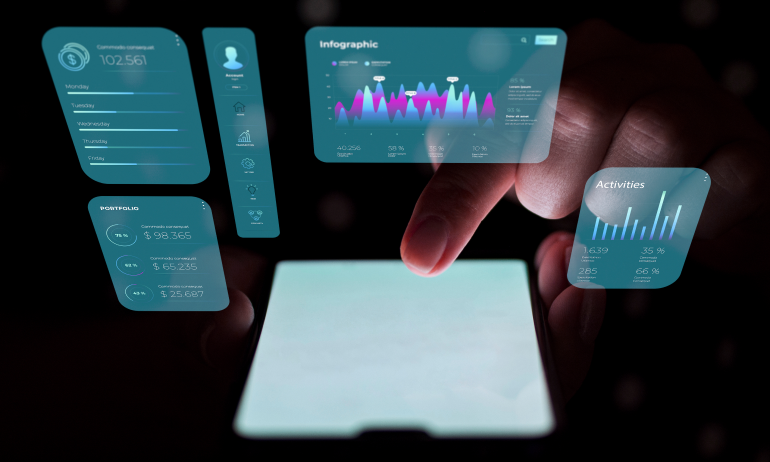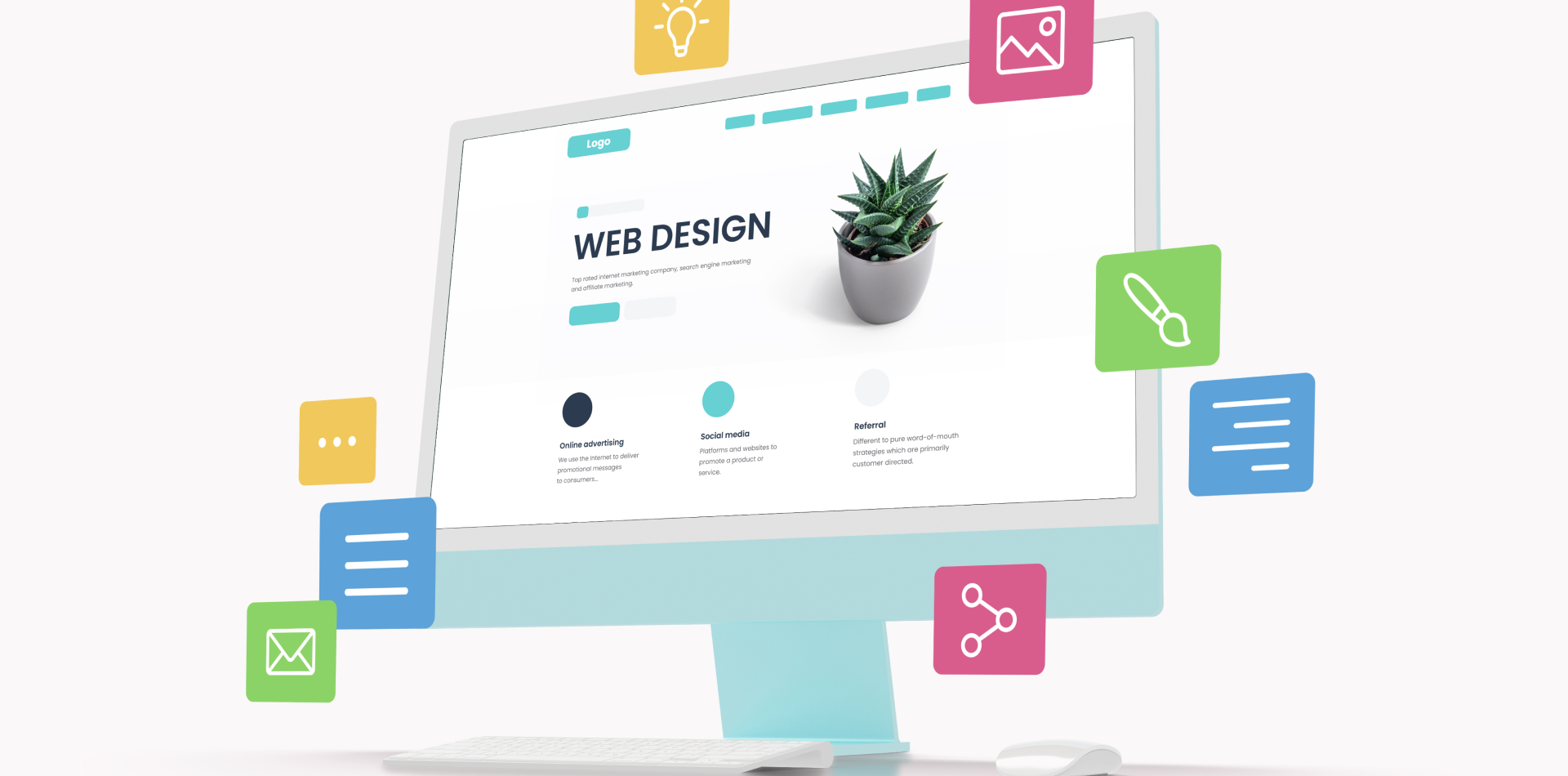The Hidden Skill Behind Great Design
Design tools can make your interface beautiful. But managing clients is what makes your project successful.
Whether you’re freelancing or working in a design team, one thing is always true: misaligned expectations kill momentum. You might deliver a pixel-perfect prototype—but if it’s not what the client expected, it can still feel like a failure.
In this guide, you’ll learn how to set, manage, and exceed client expectations with empathy, structure, and confidence—no matter the project’s size.
🧠 Want help defining your design workflow? Check out our post on Crafting Intuitive User Flows

🎯 Why Managing Expectations Is Crucial in Design
Design is subjective. Every client brings assumptions about:
🎨 What “good design” looks like
📅 How fast things should move
🔁 How many revisions are normal
📄 What’s “included” vs “extra”
💰 What their budget can realistically buy
When those expectations aren’t aligned early, you get:
❌ Scope creep
❌ Endless revisions
❌ Frustrated feedback loops
❌ Miscommunication and project delays
Managing expectations isn’t just a soft skill—it’s a business survival strategy.
🗣 Step 1: Define the Project Scope in Writing
Start strong by clearly defining deliverables, timeline, and process—in writing.
📦 What’s included? (wireframes, UI, icons, responsive design?)
📅 What are the phases and timelines?
🔁 How many revision rounds?
📄 Who approves what, and when?
📌 What are the milestones for billing or feedback?
✅ Use tools like Notion, Figma, or ClickUp to keep everything visible.
🔗 Example: Learn how we document our Design Process in Real Projects
💬 Step 2: Communicate Early and Often
Clients don’t like surprises. They like progress.
✅ Set weekly check-ins or async status updates
✅ Use Loom videos to walk through designs visually
✅ Keep messages client-friendly—not overly technical
✅ Give context behind design decisions
✅ Ask for feedback with specific questions: “Does this navigation match the flow you imagined?”
Frequent communication prevents miscommunication.
🧠 Step 3: Educate Gently, But Firmly
Sometimes clients ask for things that don’t make sense—from a UX or business perspective.
Instead of saying “no,” try:
🔄 “Let me show you what happens if we do that…”
🔍 “Can we revisit the original goal and check alignment?”
🎯 “Let’s A/B test this vs the current version”
📊 “Here’s some data or UX research on that decision”
Client trust comes when they feel heard and guided, not just overruled.
📉 Step 4: Handle Revisions with Boundaries
Revisions are natural—but they must be managed with structure.
📋 Limit the number of revisions in the contract
📌 Define what counts as a “revision” vs a new request
🧭 Group feedback into batches instead of piecemeal updates
✅ Provide version history so clients can see evolution
🛑 Say “This is a change request, not a revision” when needed
Remember: boundaries = professionalism, not inflexibility.
📦 Step 5: Create Visual Progress Milestones
Clients often struggle to understand abstract phases.
To help them track:
🧱 Share wireframes before moving to high-fidelity
🎨 Present a design system or component library early
📱 Show clickable prototypes (via Figma or Webflow)
📊 Use visual boards (like Trello or Miro) to track each phase
This makes progress feel visible and collaborative.
📈 Real-World Example: When Expectation Management Saved a Project
A freelance designer was hired to build a Shopify storefront. The client kept asking for more pages and features mid-project.
Instead of pushing back emotionally, the designer:
✅ Pulled up the original scope doc
✅ Created a change request sheet
✅ Offered a quote and timeline for the extras
✅ Kept communication respectful and factual
📉 Result: The client respected the process, paid for the additional scope, and rehired the designer for three more projects.
Managing expectations created loyalty—not tension.
⚠️ Common Mistakes to Avoid
❌ Skipping a kickoff call or scope document
❌ Avoiding hard conversations about limits
❌ Assuming the client understands design terms
❌ Letting revision rounds go unlimited
❌ Overpromising timelines to “close the deal”
Avoid the urge to please everyone. Please the project outcome instead.
📌 Tools That Help Manage Client Expectations
Here are a few tools that make life easier:
🧾 Notion – Scope, content, and feedback tracking
🎥 Loom – Visual explanations for design walkthroughs
✅ ClickUp – Project & milestone tracking
📱 Figma – Collaborative design feedback
🔄 Frame.io – For video-based projects and versioning
📩 Calendly – Schedule feedback calls with less friction
Use tools to bring clarity, transparency, and structure to your process.
🧾 Final Takeaway: Expectations Define Experience
Your design quality matters. But your process experience is what clients remember.
Clear expectations = smoother projects, fewer revisions, and stronger referrals. Be proactive, be honest, and create shared understanding from day one.
Because in the end, great design doesn’t just meet visual goals—it meets human ones too.
💬 What’s Your #1 Tip for Managing Client Expectations?
Have a template, a phrase, or a tool that works like magic?
Drop it in the comments 👇 and let’s share the wisdom!




2 Comments
Fatima Idris
19 June 2025“This is a change request, not a revision” 👏 That phrase saved me so many times!
Aidan Brooks
19 June 2025Loom videos + Figma = my favorite combo for async client updates 🎥